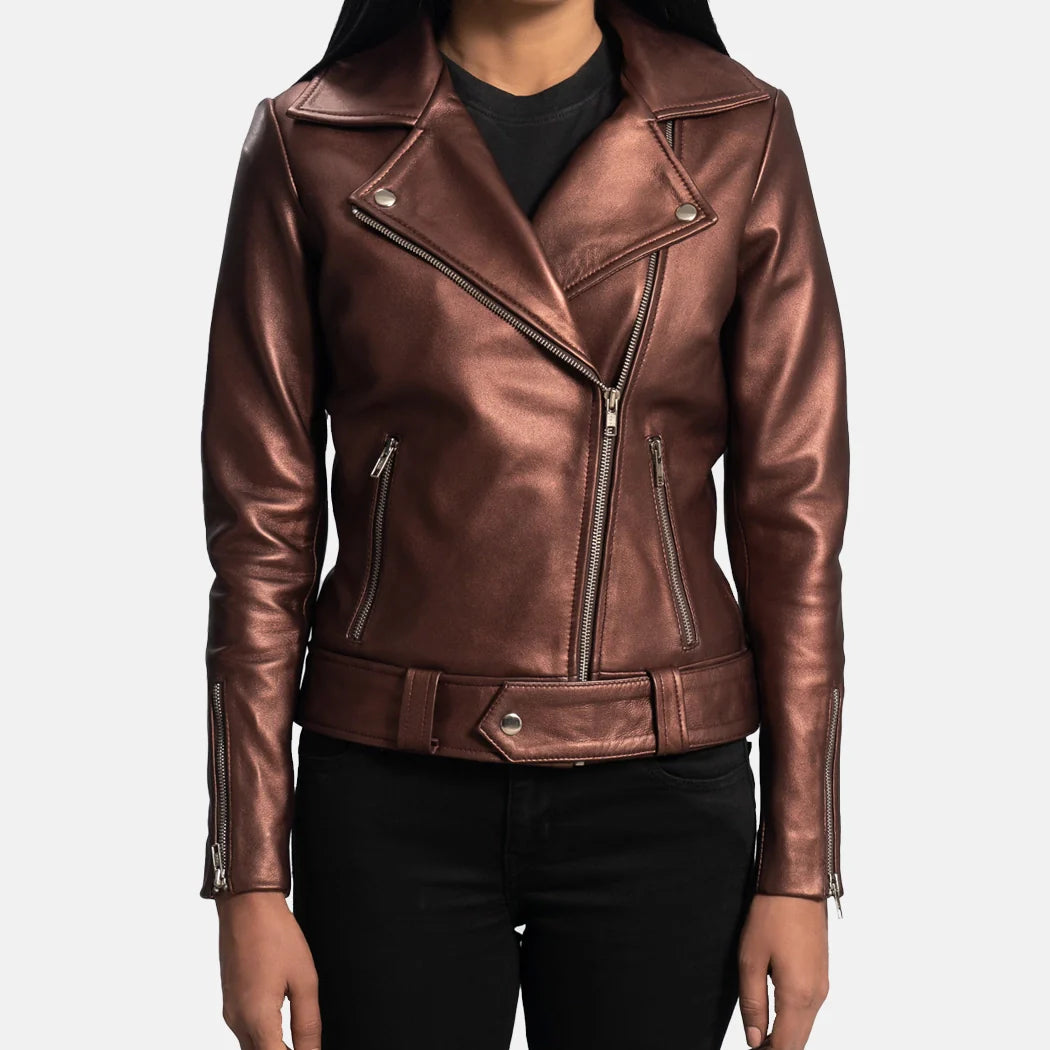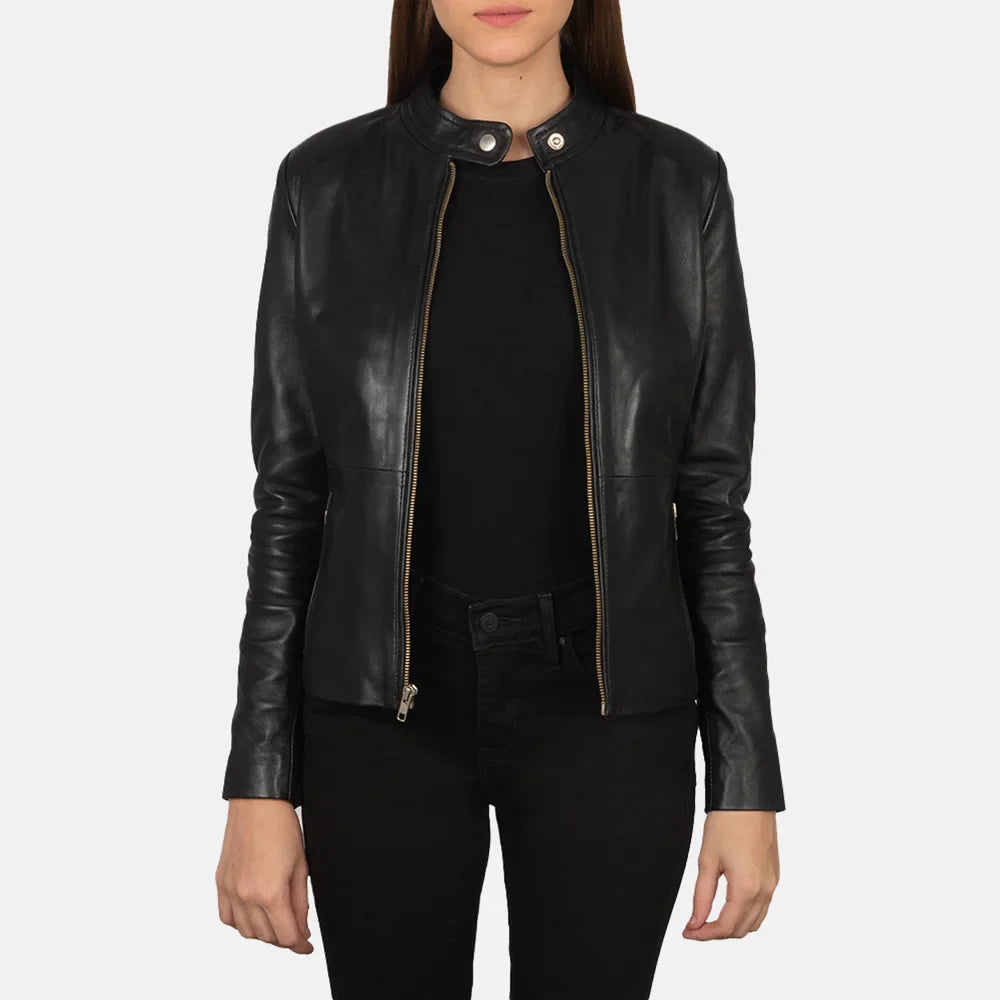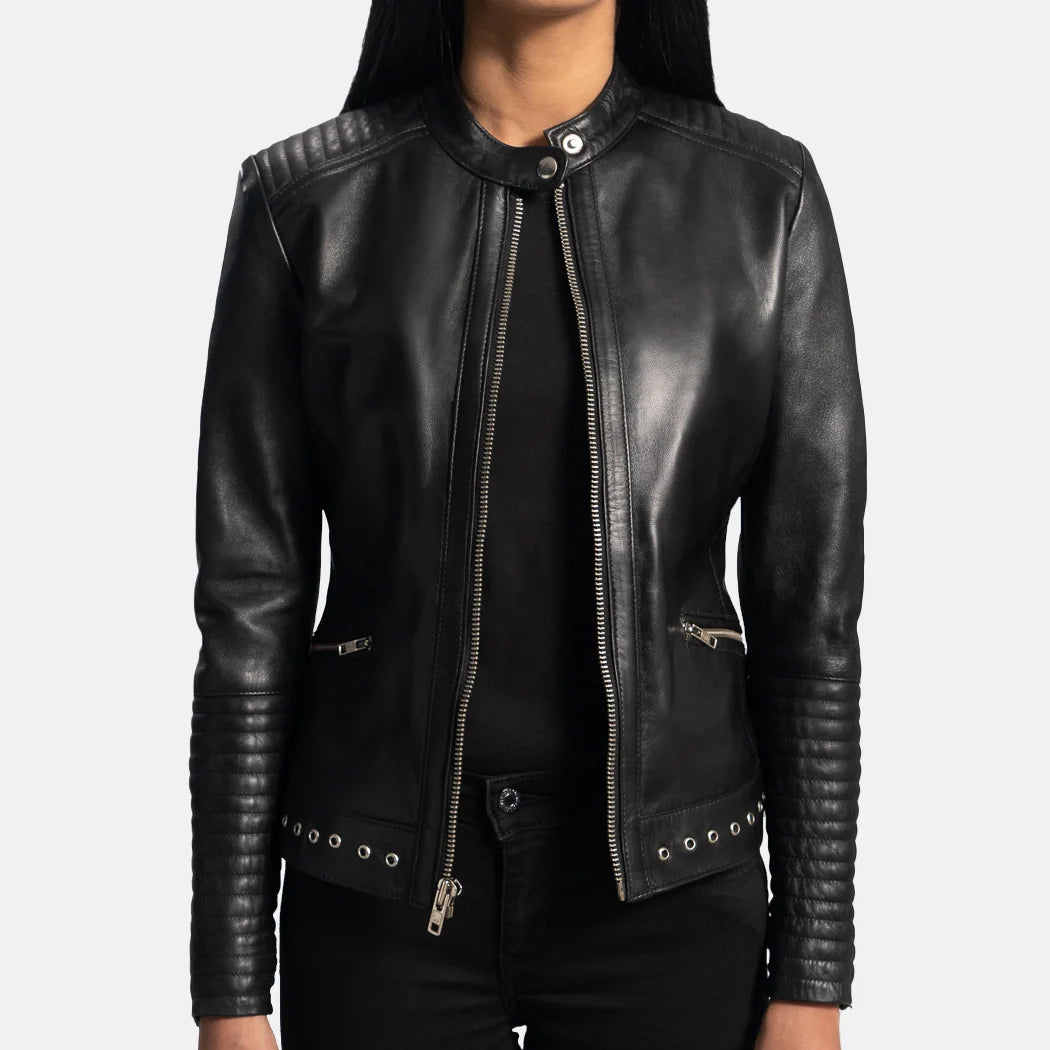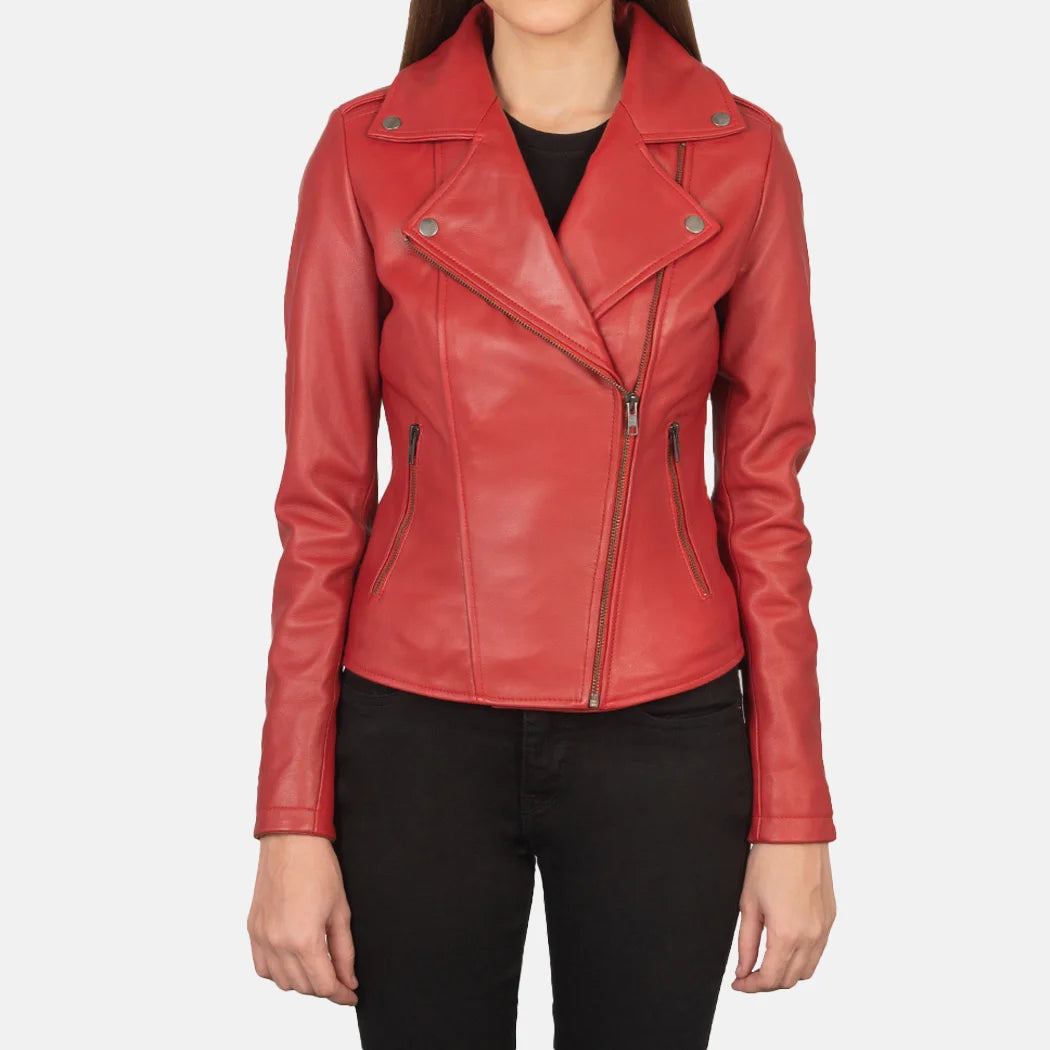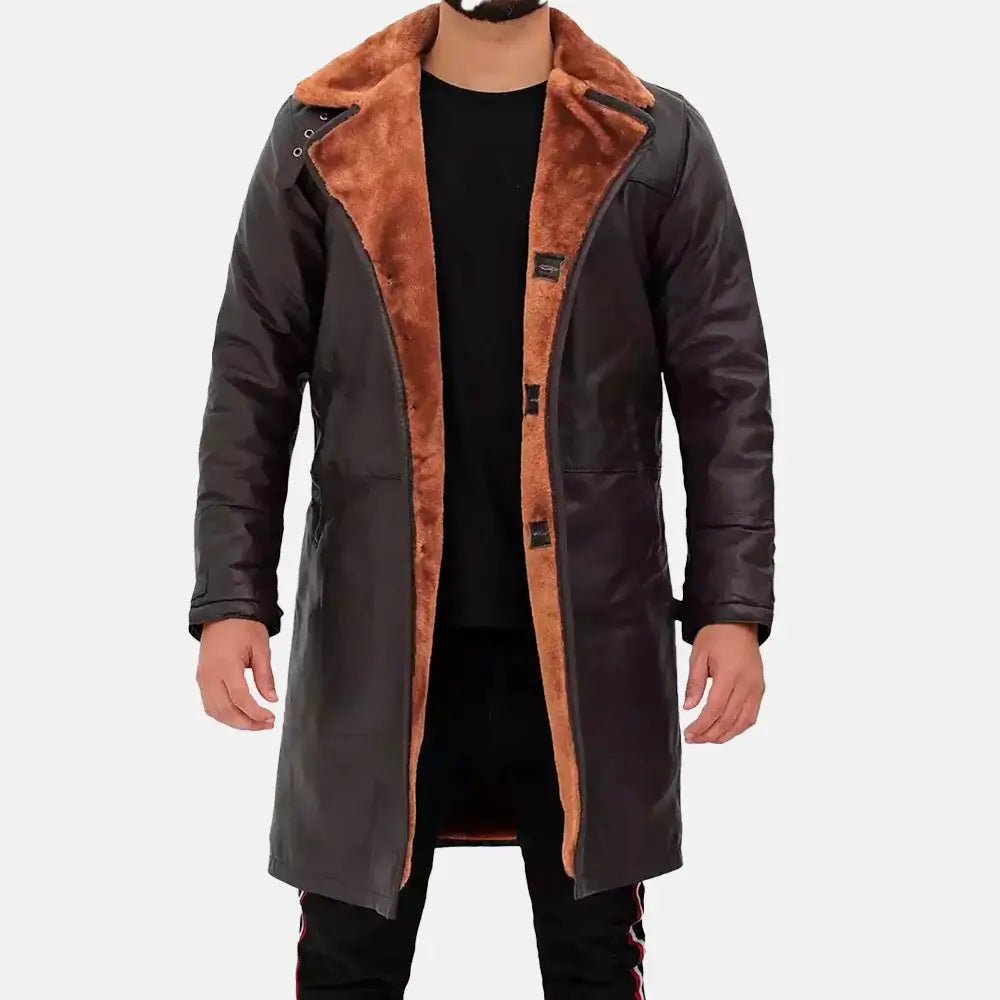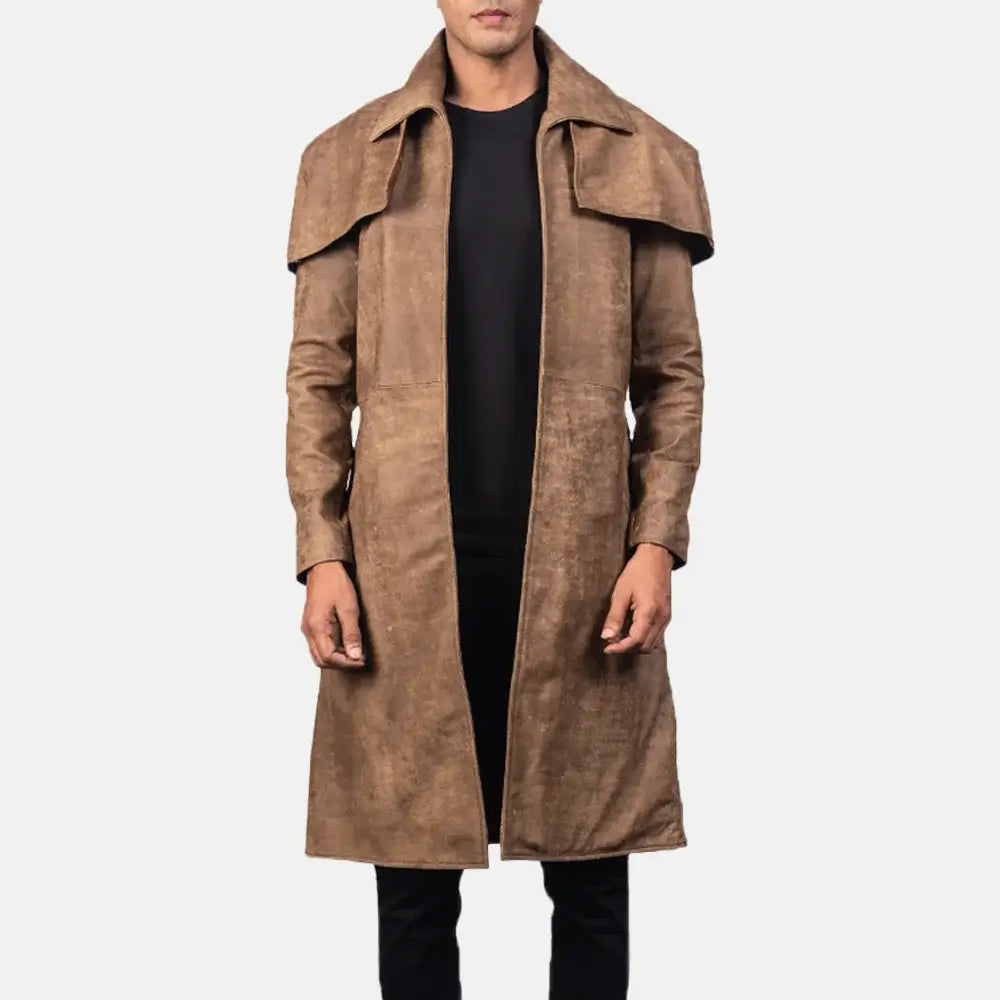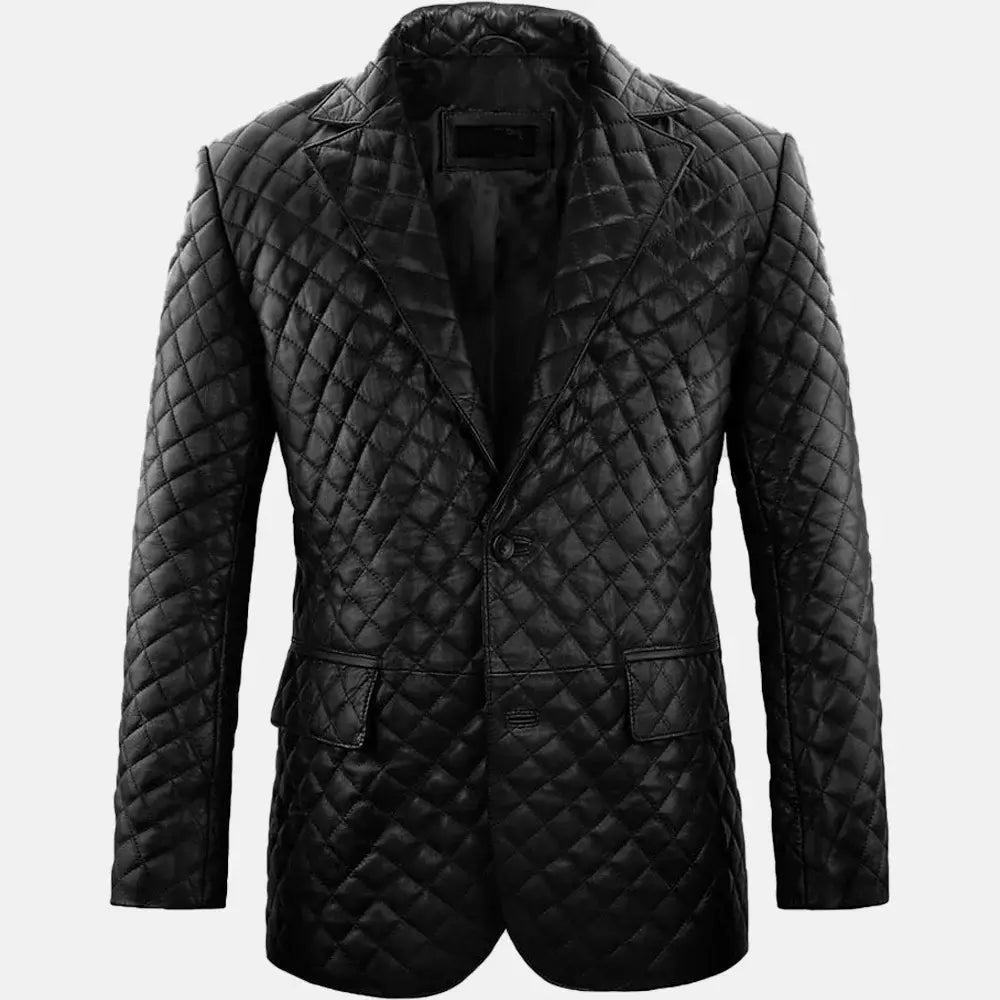Can You Wear a Leather Jacket in the Rain? Tips & Care

Leather jackets are stylish, durable, and versatile. They are a popular choice for all kinds of weather. But when it comes to rainy days, you might wonder, "Is it safe to wear my leather jacket in the rain?"
The short answer is yes, you can wear a leather jacket in the rain, but it requires extra care and precautions to keep it in good condition. Leather is a porous material, and water can cause issues like discoloration, stiffness, or even cracking if the jacket isn’t properly protected.
In this article, we’ll explore everything you need to know about wearing leather jackets in wet weather, including types of leather, how to protect them, and what to do if your jacket gets wet.
Can You Wear a Leather Jacket in the Rain?
Yes, you can wear a leather jacket in the rain, but it’s important to understand how water affects leather and what precautions to take.
Leather is a natural and porous material, meaning it can absorb water.
When exposed to rain, leather jackets can experience:
-
Water can leave marks or spots on untreated leather, causing uneven patches.
-
As leather dries, it may become stiff or shrink, affecting its shape and comfort.
-
Over time, exposure to water can lead to cracking, especially if the leather isn’t conditioned properly.
But of course, not all leather reacts the same way to water. Some types of leather are more water-resistant than others.
For example:
-
Jackets made from waxed, oiled, or chrome-tanned leather are more resistant to water and can handle light rain better.
-
Unfinished or untreated leather, such as full-grain leather, is more prone to water damage and requires extra care.
-
Synthetic leather is typically more water-resistant than natural leather, making it a better option for rainy days.
So, while you can wear a leather jacket in the rain, you need to ensure it’s either water-resistant or properly protected to avoid damage.
Types of Leather and Their Water Resistance
Different types of leather have varying levels of water resistance, and here’s a breakdown to make it simple:
1. Full-Grain Leather
-
Description: This is the most natural and durable type of leather. It retains its original grain and imperfections, making it strong but not naturally water-resistant.
-
Water Resistance: Low. Full-grain leather absorbs water easily, which can cause damage.
-
Care Tips: Apply a waterproofing spray or wax to create a protective barrier.
2. Top-Grain Leather
-
Description: The top layer of the leather is sanded and treated to create a smooth, uniform appearance. It’s softer and more refined than full-grain leather.
-
Water Resistance: Moderate. It often has a finish that provides some water resistance but still needs extra protection.
-
Care Tips: Use a leather conditioner regularly to maintain its look and flexibility.
3. Treated or Coated Leather
-
Description: This includes leather that has been waxed, oiled, or chrome-tanned to improve durability and resistance to water.
-
Water Resistance: High. These treatments make the leather better at repelling water and surviving rainy conditions.
-
Care Tips: Check for wear on the waterproof coating and reapply treatments as needed.
4. Faux Leather (Synthetic)
-
Description: Made from synthetic materials like polyurethane or PVC, faux leather is designed to mimic the look of real leather.
-
Water Resistance: High. Faux leather is much more resistant to water than natural leather and is an excellent choice for wet weather.
-
Care Tips: Simply wipe it clean with a damp cloth; no need for special treatments.
Treated leathers are better suited for rainy days, while untreated natural leathers require extra care and attention.
Tips for Protecting Leather Jackets in the Rain
If you want to wear your leather jacket in the rain, you’ll need to take a few steps to protect it. These simple tips will help keep your jacket in great condition even when the weather turns wet:
1. Apply a Waterproofing Spray
-
Before heading out, spray your jacket with a waterproofing product designed for leather.
-
These sprays create a protective barrier that repels water and prevents it from seeping into the material.
-
Reapply the spray periodically, especially if you wear the jacket often.
2. Dry Your Jacket Immediately
-
If your jacket gets wet, avoid letting it stay damp for too long.
-
Use a clean microfiber towel or soft cloth to gently blot excess water. Do not rub, as this can damage the surface.
-
Let the jacket air dry in a well-ventilated area. Avoid heat sources like hair dryers or radiators, as they can cause the leather to crack or shrink.
3. Condition the Leather Regularly
-
Conditioning keeps the leather soft and prevents it from drying out and cracking.
-
Use a good-quality leather conditioner after drying the jacket to restore its natural oils and flexibility.
-
Regular conditioning also helps maintain the jacket’s appearance over time.
4. Store Your Jacket Properly
-
After wearing your jacket in the rain, make sure to store it in a cool, dry place.
-
Avoid damp or humid storage areas, as they can cause mold or mildew to form on the leather.
-
Use a padded hanger to maintain the jacket’s shape and avoid creases.
5. Test Products in a Small Area
-
Before applying any spray, conditioner, or treatment, test it on a hidden part of the jacket to ensure it doesn’t cause discoloration or damage.
By following these tips, you can confidently wear your leather jacket in wet weather without worrying about long-term damage.
Post-Rain Care for Leather Jackets
If your leather jacket gets wet despite taking precautions, proper aftercare is essential to prevent long-term damage.
Follow these steps to restore your jacket to its original condition:
1. Blot Excess Water
-
As soon as you notice your jacket is wet, gently blot the surface with a soft, absorbent cloth or microfiber towel.
-
Avoid rubbing the leather, as this can spread the water and damage the surface.
2. Air Dry the Jacket
-
Place the jacket on a padded hanger and let it air dry naturally in a well-ventilated space.
-
Avoid direct sunlight, heaters, or blow dryers, as high heat can dry out the leather and cause cracks.
-
Allow the jacket to dry completely, which may take several hours or even overnight.
3. Restore Softness with a Leather Conditioner
-
Once the jacket is fully dry, apply a leather conditioner to restore its natural oils and softness.
-
Use a small amount and apply it evenly using a soft cloth. Focus on areas that were exposed to water.
-
Conditioning not only revives the leather but also helps prevent stiffness and cracking.
4. Inspect for Damage
-
After drying and conditioning, check your jacket for any discoloration, stains, or changes in texture.
-
If you notice significant damage, consider consulting a professional leather cleaner for repairs.
5. Avoid Repeated Exposure
-
If possible, avoid wearing your leather jacket in heavy rain repeatedly, as this can weaken the leather over time, even with proper care.
Remember, quick action is the key to protecting your jacket from the harmful effects of water.
Alternatives to Leather for Rainy Weather
If you want a stylish option for wet weather but don’t want to risk damaging your leather jacket, there are plenty of alternatives to consider.
1. Polyester
-
Why It’s Great: Polyester is lightweight, durable, and water-resistant. It dries quickly so, it is a reliable choice for rainy days.
-
Pros: Affordable, stain-resistant, and easy to maintain.
-
Cons: Less breathable than natural materials, which can make it uncomfortable for extended wear.
2. Nylon
-
Why It’s Great: Nylon is another synthetic fabric known for its water resistance and quick-drying properties. It’s commonly used in rain jackets and windbreakers.
-
Pros: Lightweight, affordable, and durable.
-
Cons: Can cling to the skin when wet and lacks the breathability of natural fabrics.
3. Waxed Canvas
-
Why It’s Great: Waxed canvas is a natural material treated with wax to make it water-resistant. It offers a rugged, stylish look and is a good alternative to leather.
-
Pros: Durable, breathable, and ages beautifully over time.
-
Cons: Heavier than synthetic materials and may require re-waxing for continued water resistance.
4. Faux Leather (Synthetic Leather)
-
Why It’s Great: Faux leather mimics the look of real leather but is more water-resistant, making it a great option for rainy weather.
-
Pros: Affordable, easy to clean, and resistant to water damage.
-
Cons: Doesn’t have the same durability or luxurious feel as real leather.
5. Rubberized Materials
-
Why It’s Great: Jackets made from rubberized materials or waterproof membranes (like Gore-Tex) are specifically designed for heavy rain.
-
Pros: 100% waterproof and ideal for extreme conditions.
-
Cons: More functional than stylish and can feel bulky.
Summary
So, can you wear your leather jacket in the rain? Yes, you can! In this post, we've explained everything clearly, including the different types of leather jackets, the nature of their material, and how to care for them.
We also share tips for after the rain so you can confidently wear your leather jacket in any weather.
The bottom line is yes, you can wear a leather jacket in the rain, but you need to take precautions to protect it. Don’t worry about rain or moisture ruining your jacket if the forecast calls for it, but be sure to keep it as dry as possible.
FAQs
1. Will rain ruin my leather jacket?
Not immediately, but rain can damage your leather jacket if you don’t take care of it. Water can cause stains, make the leather stiff, or even crack it over time.
2. Are leather jackets waterproof?
No, leather jackets aren’t waterproof. Some are treated to resist water, but they still can’t handle heavy rain for a long time.
3. Can I wear a leather jacket on a rainy day?
Yes, you can, but it’s better if your jacket is treated to resist water. Also, try to avoid wearing it in heavy rain.
4. What should I do if my leather jacket gets wet?
Dry it gently with a soft cloth, then let it air dry in a cool place. Once it’s dry, use a leather conditioner to keep it soft. Don’t use a hair dryer or heater—it can damage the leather.
5. Is faux leather better for rain?
Yes, faux leather (fake leather) is usually better in the rain. It’s made from materials that don’t absorb water, so it’s easier to handle.
6. Can I make my leather jacket waterproof?
Not completely, but you can make it more resistant to water by using sprays or waxes made of leather. These create a layer that helps keep water out.
-
Posted in
bomber jacket, leather coat, leather jacket, leather jacket men, leather jacket women, leather vest men, leather vest women
